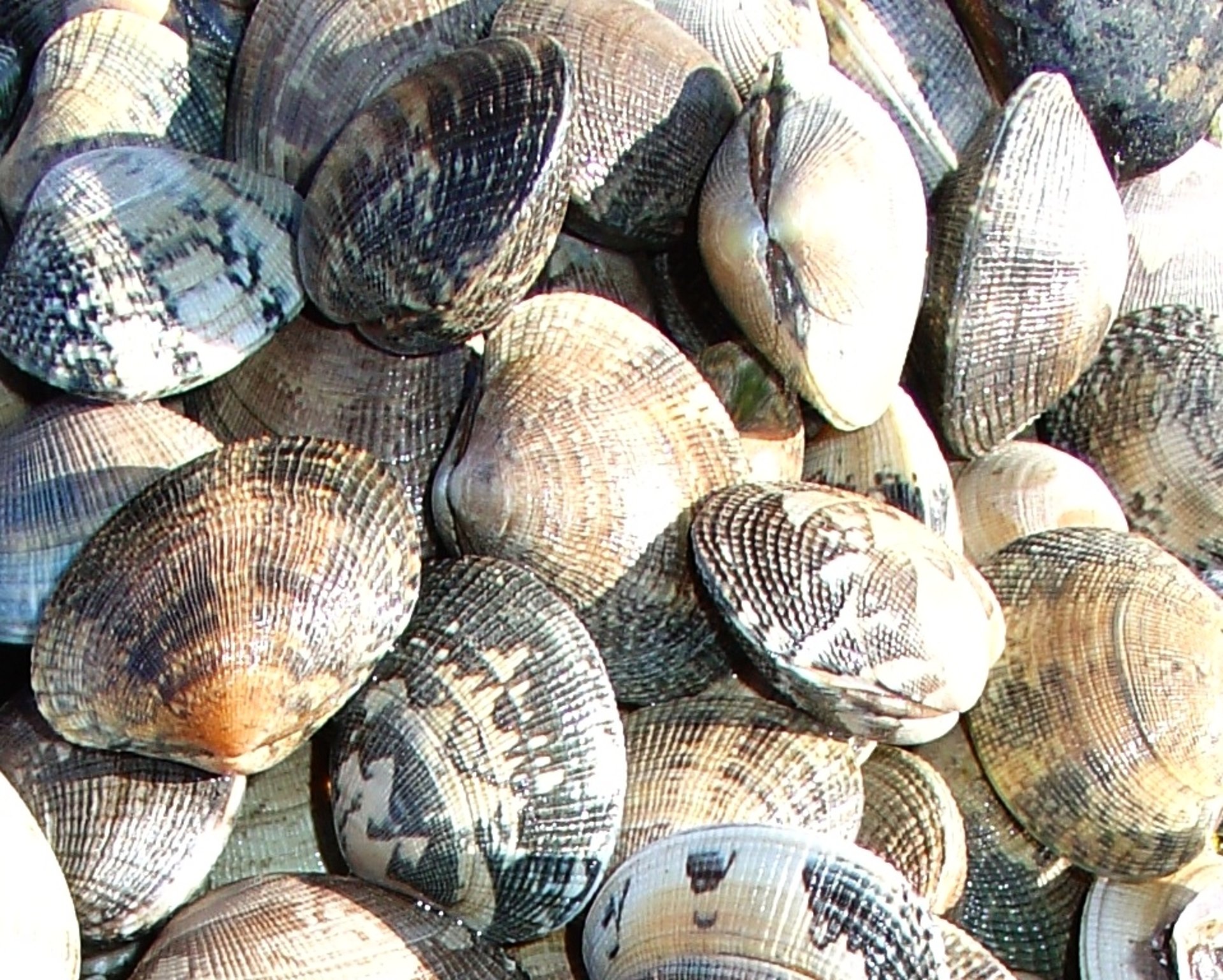
Methods: Clam farming involves several stages and techniques to ensure successful cultivation and marketability. The process begins with the production of small seed clams in a hatchery, followed by rearing in a land-based nursery until they reach a suitable size for field planting. Clams are then planted in open-water leases where they grow to a marketable size. Clam farming can be done using various methods, such as on-bottom pen systems where clams are placed in areas with 70-80% sandy substratum, and protected by synthetic fiber nets to prevent predation and strong water currents.
Sales: The market for clams is diverse and growing. The global oyster and clam market was valued at USD 108.4 billion in 2022 and is expected to grow at a CAGR of 3.5% from 2022 to 2030. The demand for clams is driven by factors such as increased consumer awareness of the health benefits of seafood, the rise of farm-to-table restaurants, and the versatility of clams in culinary applications. Clams are sold at various sizes, with smaller sizes like little necks being more valuable than larger sizes like chowders.
Growth: The market is also influenced by regional trends. For instance, the Asia Pacific region dominated the oyster and clam market with a revenue share of 45.1% in 2022, while China showcased the fastest CAGR of 5.2% in the oyster and clam market. The European market for oysters and clams is anticipated to grow at a CAGR of 2.1% by volume during the forecast period, with the European region being one of the major producers of oysters.
Clam Farming

The information on this website is for general informational purposes only. Fishfarmsolutions.com makes no representation or warranty, express or implied. Your use of the site is solely at your own risk. This site contains links to third party content, which we do not warrant, endorse, or assume liability for.


